Upper Blepharoplasty in Korea
Lifted Eyelids, Lifted Confidence
What is upper Blepharoplasty?
As we age, the eyelids tend to droop and fine wrinkles often appear around the eyes. Upper blepharoplasty is a surgical procedure that lifts or removes sagging skin and tissue caused by aging, improving droopy eyelids and fine lines. It can also reveal or create a defined double eyelid line that may have been hidden by sagging skin.
It is important to accurately diagnose the cause of eyelid drooping based on each individual’s signs of aging and to select the most appropriate surgical method accordingly.
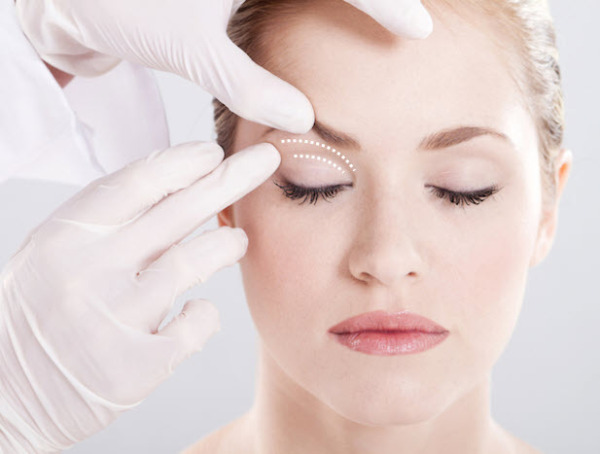
Upper Blepharoplasty: Procedure Process
Upper blepharoplasty is performed under local anesthesia at the surgical site, but since the procedure can cause discomfort, light sedation is typically administered first.
A natural incision is made along the eyelid crease, and then sagging skin and excess fat are either removed or repositioned.
Because the incision and sutures are aligned with the natural eyelid fold, post-surgical scarring is minimal and barely visible.

1. Incision is made after planning 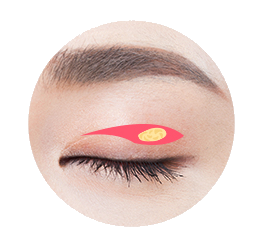
2. Remove sagging skin and excess fat 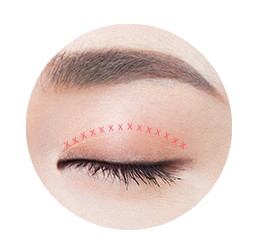
3. Lift and suture the skin 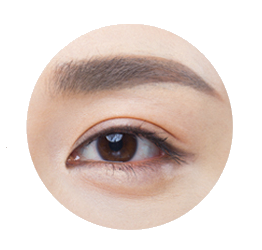
4. Post-operative results
Upper Blepharoplasty: Key Information
Upper blepharoplasty is a procedure that corrects drooping eyelids, which can make you look older or constantly tired, helping to create a more youthful and refreshed eye appearance.
Swelling and bruising may occur immediately after the surgery but typically subside within 1 to 2 weeks. The final, defined results usually become visible around 3 to 6 months post-surgery.
Surgery Time
About 1 hour
Anesthesia
General
Hospitalization
Not required
Stitch Removal
After 7 days
Recovery Period
About 1 week
Sagging eyelids? Get younger-looking eyes with upper eyelid surgery
Upper Blepharoplasty: Who Do We Recommend it for?
The main causes of drooping eyelids include various factors such as aging, genetic factors, lifestyle habits, and muscle weakening.
In particular, as people age, collagen and elastin decrease, causing the skin’s elasticity to decline. Additionally, the function of the levator palpebrae superioris muscle (the muscle that lifts the eyelid) weakens, leading to drooping. Therefore, it is advisable to have a thorough consultation with a medical specialist and receive appropriate treatment in a timely manner.
We recommend Upper Blepharoplasty to:
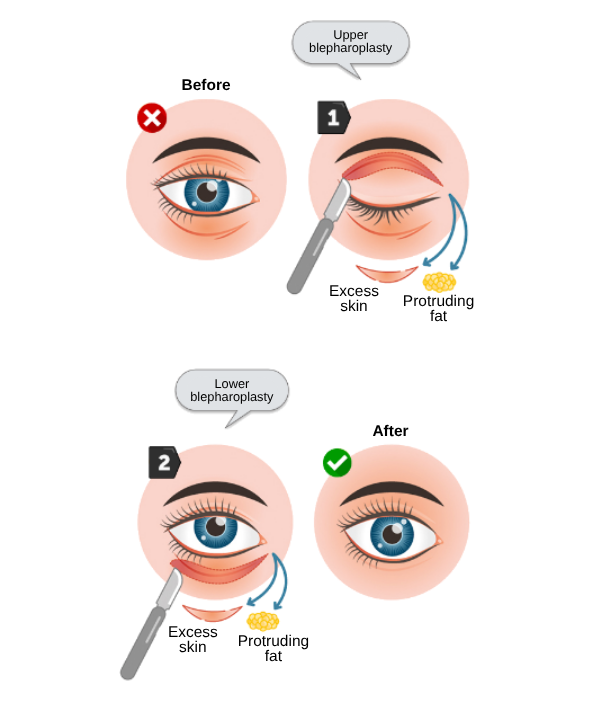

1. Excess fat 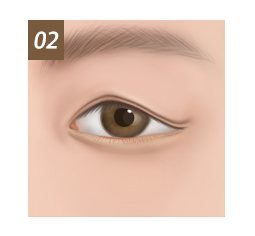
2. Drooping eyelid 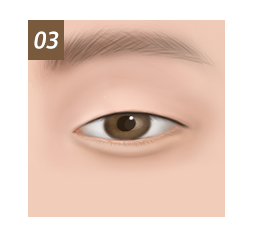
3. Eyelashes causing irritation 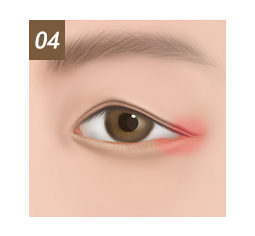
4. Eye corner wrinkles
Frequently Asked Questions
What is upper eyelid surgery?
Upper eyelid surgery, also known as upper blepharoplasty, is a procedure that addresses sagging eyelids and fine wrinkles by removing or repositioning excess skin and tissue. This surgery can also reveal or create a double eyelid line that may be covered by sagging skin.
What are the benefits of upper eyelid surgery?
The benefits include clearer eye makeup application, improved vision by removing wrinkles around the eyes caused by droopy eyelids, correction of functional eye problems by strengthening the muscles responsible for eye opening, and achieving a more youthful appearance with minimal scarring and quick recovery.
How is upper eyelid surgery performed?
The procedure is performed under local anesthesia, with a brief period of general anesthesia to minimize discomfort. A natural incision is made along the eyelid crease, through which sagging skin and excess fat are removed or repositioned. The incision and sutures are placed along the eyelid crease to ensure scars are barely visible after surgery.
What is the recovery time for upper eyelid surgery?
Swelling and bruising may occur immediately after surgery but typically subside within 1-2 weeks. The final results, including clearer and more youthful-looking eyes, are usually evident after about 3-6 months.
How long does the upper eyelid surgery procedure take?
The surgery typically takes about 1 hour to complete.
When are the sutures removed after upper eyelid surgery?
Sutures are usually removed approximately 7 days after the surgery.
